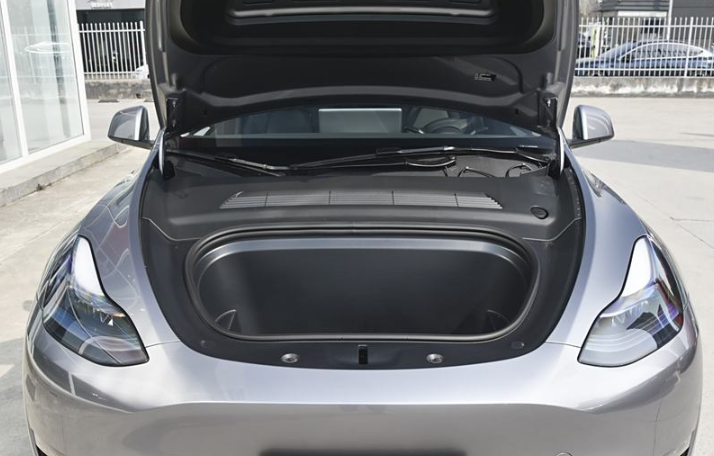
When we talk about the safety and performance of electric vehicles,the battery system is often one of the core topics.As an important part of new energy vehicles,the battery enclosure not only houses the energy core but also plays a crucial role in protecting the vehicle and its passengers.You may have heard that some high-end battery enclosures can withstand up to 5 tons of external pressure without deforming.What is the secret behind this?Today,we will explore this from a manufacturing perspective,especially focusing on CNC machining technology.
Firstly,it is important to note that these battery enclosures are typically made from high-quality aluminum alloy and manufactured using a one-piece forming process.This design significantly reduces the number of joints and weld seams,fundamentally enhancing the overall rigidity and integrity of the structure.However,to achieve a high-precision,high-strength enclosure that meets stringent safety standards,advanced precision manufacturing technology is indispensable,with CNC machining playing a vital role.
CNC machining,which stands for Computer Numerical Control machining,is a precision manufacturing method that includes processes such as CNC milling and CNC turning.In the production of battery enclosures,factories first cast or forge the general shape using aluminum alloy,and then proceed to the precision machining stage.During this process,CNC milling is responsible for the high-precision shaping of flat surfaces,curved surfaces,and hole positions,while CNC turning is used for processing circular or rotational components.Each step relies on digital program control to ensure the consistency and accuracy of each product.
More importantly,precision machining not only shapes the geometric form of the enclosure but also significantly improves its mechanical properties.By reasonably controlling the tool path and cutting parameters,engineers can optimize the stress distribution within the material,avoiding structural weakening caused by residual stresses from machining.This is why these components can maintain their shape stability in extreme pressure tests—every wall thickness and every rib position is the result of precise calculation and machining.
In addition to the process itself,material selection is also critical.Aluminum alloy,which offers good mechanical properties,is also lightweight and corrosion-resistant,making it very suitable for the energy consumption and durability requirements of electric vehicles.Combined with the one-piece forming design concept,the potential of the material itself is further realized.
However,excellent manufacturing capabilities are just the foundation.To be truly used in high-end new energy vehicles,these parts must also meet the strict certification standards of the European and American automotive industries.This means that every link,from material tracing,machining process,quality control to finished product testing,must reach the top level of the industry.It is precisely because of the support of precision manufacturing that manufacturers can mass-produce battery enclosures that are both light and strong,fully meeting functional and safety requirements.
It can be said that it is the high consistency,high reliability,and excellent structural performance brought by CNC machining technology that allows electric vehicle brands like Tesla to confidently use such components and endow them with sufficient safety confidence.For consumers,understanding these manufacturing stories behind the scenes can also help everyone more rationally assess the technology and quality level of electric vehicles.
Whether you are an engineer,an industry enthusiast,or an ordinary user,we hope this article has allowed you to appreciate the charm of modern manufacturing technology—it is these seemingly cold machines and codes that quietly safeguard our travel safety every time.